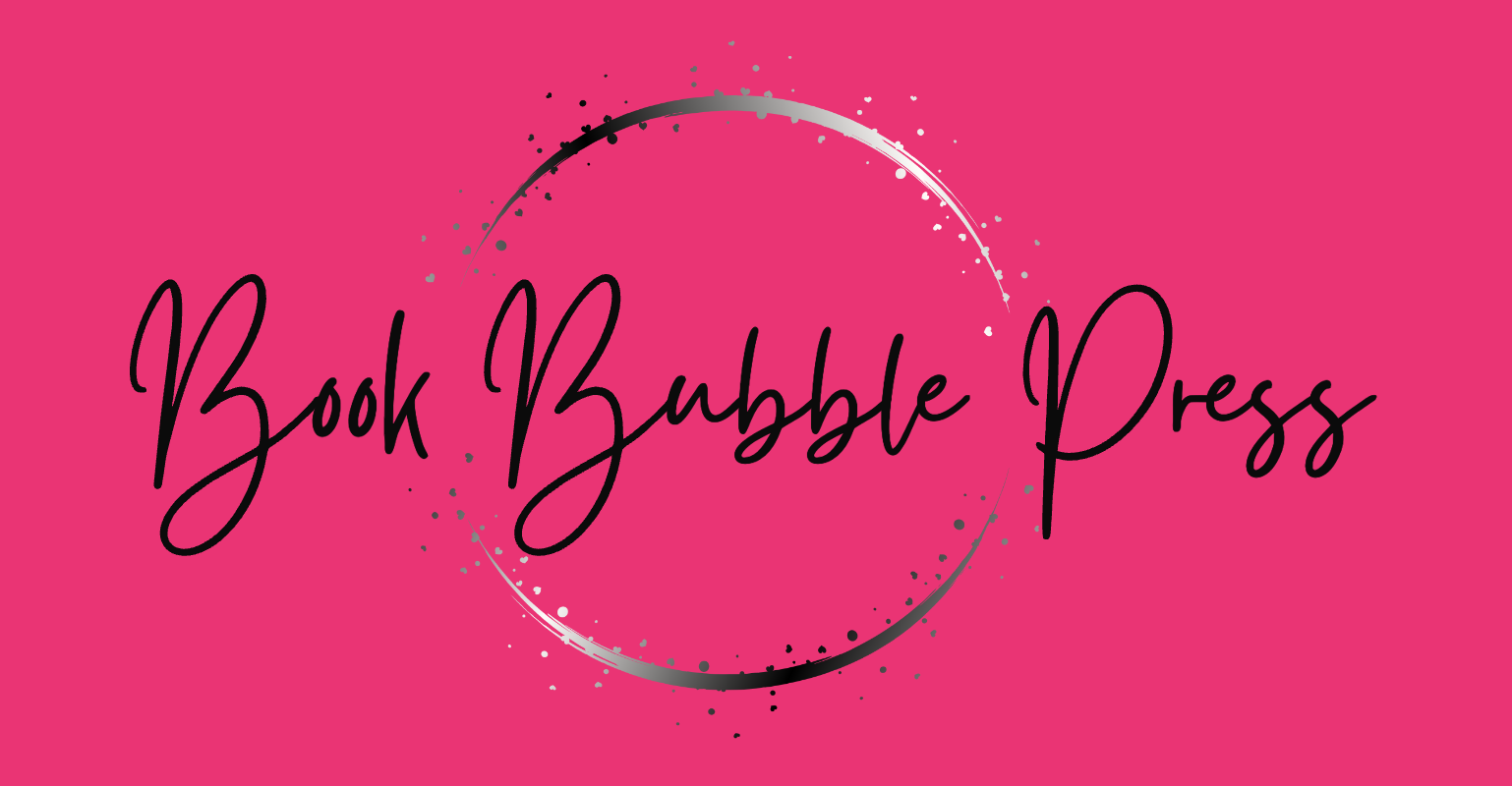A book publishing plan, often referred to as a book marketing and promotion plan, is a strategic document that outlines the steps an author or publisher will take to bring a book to market successfully. This plan typically covers various aspects of the publishing process, including pre-launch, launch, and post-launch activities, with the primary goal of generating interest, reaching a target audience, and achieving sales and visibility for the book.
Here are some key elements commonly included in a book publishing plan:
1. **Book Overview:** This section provides a brief description of the book, including its title, genre, target audience, and a summary of the content.
2. **Target Audience:** Identifying and understanding your target readers is crucial. The plan should detail who the book is intended for and why it would appeal to this audience.
3. **Competitive Analysis:** Research and analyze similar books in the market to identify their strengths, weaknesses, and opportunities for your book.
4. **Marketing and Promotion Strategies:** This is often the heart of the plan. It outlines your strategies for marketing the book, including specific tactics like social media campaigns, book signings, blog tours, and email marketing.
5. **Sales Channels:** Describe where and how the book will be available for purchase. This may include online retailers, local bookstores, libraries, and any special distribution methods.
6. **Publicity and Media Relations:** Detail plans for getting media coverage, including press releases, interviews, and reviews. This might also include a list of media outlets or influencers you plan to reach out to.
7. **Author Platform:** Discuss your existing platform, such as your website, social media presence, and email list, and how you'll leverage these assets to promote the book.
8. **Budget:** Estimate the costs associated with marketing and promotion activities. This can include advertising, book cover design, website development, and more.
9. **Timeline:** Lay out a timeline for the entire publishing process, from pre-launch activities (e.g., cover reveal) to the book's release and ongoing marketing efforts.
10. **Measurement and Analytics:** Explain how you'll measure the success of your marketing efforts. This might involve tracking book sales, website traffic, social media engagement, and other key performance indicators.
11. **Contingency Plans:** Anticipate potential challenges and outline backup strategies for handling them. For example, if a planned book launch event gets canceled, how will you adapt?
A well-structured book publishing plan acts as a roadmap to guide you through the complex journey of bringing your book to market. It's a living document that can be adjusted as needed, especially as you learn more about your book's reception and your readers' preferences. Whether you're a self-published author or working with a traditional publisher, a solid publishing plan can make a significant difference in the success of your book.
Publishing Blog
PRODUCTION
PUBLISHING
PROMOTION
PROFIT
